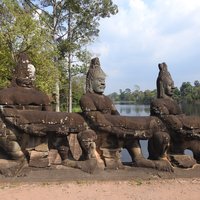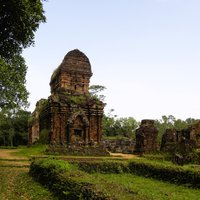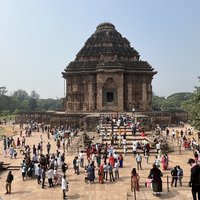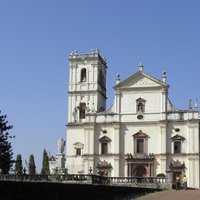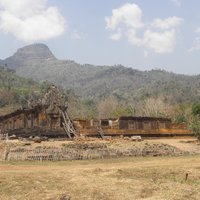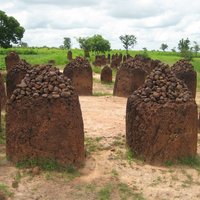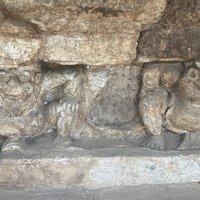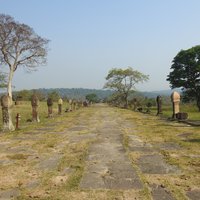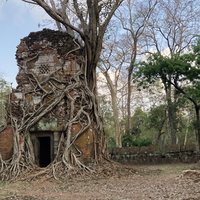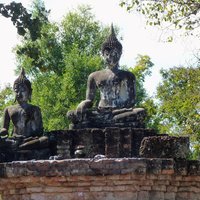Connected Sites
-
Angkor Wat: "Most of the visible areas are sandstone blocks, while laterite was used for the outer wall and hidden structural parts." (wiki)
-
-
"Laterite was used for the core of the platform and staircases near the foundation" (wiki)
-
Local laterite was used in the construction of the churches, which had to be plastered and finished with a lime whitewash (AB ev)
-
-
"The stones forming the circles were extracted from nearby laterite quarries" (OUV statement)
-
Khao Klang Nok Stupa is the largest laterite stupa in Thailand
-
"Laterite blocks faced with sandstone are used where foundations were needed for columns." (AB ev)
-
"Dedicated to Lord Vishnu, Prasat Chen comprises three laterite sanctuaries that are square in plan and face east." – "There are fourteen laterite platforms, which are thought to be the foundations for wooden sanctuaries." (AB Ev) – "(...) in Koh Ker, laterite blocks were also used for as primary material for temple construction" – "Amongst monuments currently listed within the Nominated Property, 6 are built in sandstone, 22 in brick and 23 in laterite." – "Laterite is the second largest material being utilised for temple construction, as well as for foundations and embankments of the dyke, reservoir and the Rahal." (Nomination file, p. 38, 39, 74)
-

